#bonaparte's gull
Text
Last weekend I was planning to drive out to the west side to pick up a load of birdseed. My coworker had told me that he was out at Tiedeman's Pond the other day, and I said to myself, "I bet there's ducks on that pond. I better go check." So I grabbed my camera bag on the way out the door. And folks? There were ducks.

[ID: A male Wood Duck swims on a pond of rippling blue water from left to right. The duck is presenting his entire profile to the camera, from glossy green head to dark tail tip. He has a brown body, more burgundy at the breast, with finely scaled tan and gray flanks and just a hint of teal peeking through on the wing. Each color patch is bordered with a brilliant white stripe, including a lovely pattern on the face and head. His head feathers are swept back in a longish crest that looks black except for the iridescent green where the sun has caught it. This contrasts with a striking bill in orange gradients with a white patch on top and black tip. His eye is a bold fire engine red. End ID]
I was surprised to find multiple pairs of Wood Ducks very close to the edge of the pond, because these guys will usually fly at the first sign of a human in the area. I can only assume they were desensitized by the frequent groups of walkers out with their kids and their dogs.
There were lots of other ducks to be seen: Lesser Scaups, Hooded Mergansers, Buffleheads, Ruddy Ducks, Mallards. But most of these were way out at the center of the pond and not interested in being photographed. The only exception being a small group of Ring-necked Ducks that were diving for food near the cattails.

[ID: A male Ring-necked Duck swims from right to left on the pond. It is glossy black, with light gray flanks fading to white towards the front. His bill is medium gray in the middle, black on the tip, with a bright white border around the edges, circling the nostrils, and separating gray from black. His eye is yellow orange. His feathers are beaded with water droplets from diving for food. End ID]
But it wasn't just ducks on offer that day! Spring means birds migrating back from the south and hungry from the long flight. I got to watch a pair of Great Blue Herons show up and immediately begin hunting.

[ID: A Great Blue Heron is standing in a pond, with a freshly-caught goldfish in its bill. The Heron is standing with its legs completely submerged in the water, with its long neck coiled back as it pulls up the large goldfish. The Heron is several feet tall, mostly gray, with white on their head and a dark blue cap with long trailing feathers at the back. The goldfish is at least eight inches long, and the Heron appears to have speared it on their long upper mandible, which glows orange from the bright sunlight filtering through from behind. End ID]
I was very happy to see that the Herons were doing their part to control the non-native fish population. This one had speared a very large goldfish, and had to think a minute about how to eat it. They dropped the goldfish back in the water only to recapture it for swallowing head-first. Their partner looked on from a short distance away, not having found anything while I was there.

[ID: A second Great Blue Heron slowly wades by, hunting in the shallow part of the pond. This one shows a flash of dark-blue tail feathers, and the direct sunlight offers a nice view of their bright yellow dagger of a bill and their pale yellow eye rimmed in baby blue skin. End ID]
And it wasn't just water birds that were attracted to the awakening pond. This American Crow flew down to the edge to see what small morsels might be crawling around in the mud.

[ID: An American Crow stands at the edge of the pond. The Crow is facing away from the camera, with the sunlight glinting off their glossy black feathers. They are looking toward the camera in profile, showing one brown eye and a chunky black bill. End ID]
The Black-capped Chickadees were out too. This pair had found a nice little tree cavity, and they may have been excavating it further to use as a nest.

[ID: A Black-capped Chickadee peeks out from a tree hollow, holding a small bit of something in their bill. They are just a couple inches tall, with a gray and tan body, and a predominantly black head. They have white cheeks that start at the small black bill and extend back to the neck. They are staring inquisitively at the camera, with little bits of what looks like wood stuck to their face. End ID]
The two Chickadees seemed to be working in shifts, one keeping watch outside while the other one went in to prep the house. I wonder how many generations of birds have grown up in that little knothole...
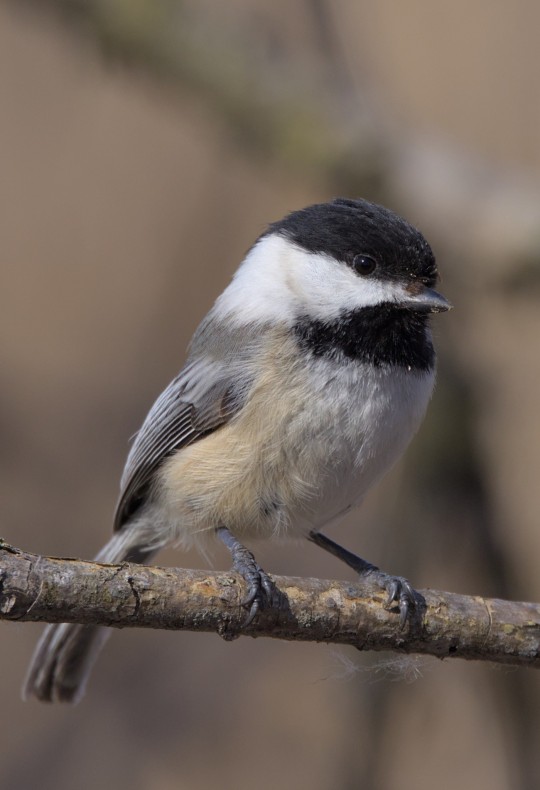
[ID: A second Black-capped Chickadee perches on a thin branch with delicate feet. They are sitting very still, keeping watch while their partner works in a nearby tree cavity. There are a few tiny flecks of what might be wood on their face. End ID]
Though, the bird that gave me the most excitement on this walk was a new one. My partner teases me, saying that I have to check every seagull to see whether they're a Herring or a Ring-billed. But on this day I had found a Bonaparte's Gull!

[ID: A Bonaparte's Gull floats out in the middle of the pond. The Gull is white with light gray wings and black wingtips. Their head is mostly gray with patches of white, possibly because they're in the middle of molting to grow their breeding plumage. End ID]
The Gull was hanging out with a nice flock of Lesser Scaups, and I knew I had a lifer in my binoculars as soon as I saw that gray head. Every so often it would take off and fly around the pond, looking for tasty fish to snatch from the surface. They never wandered all that close to me, but I got a few nice shots of those wings.
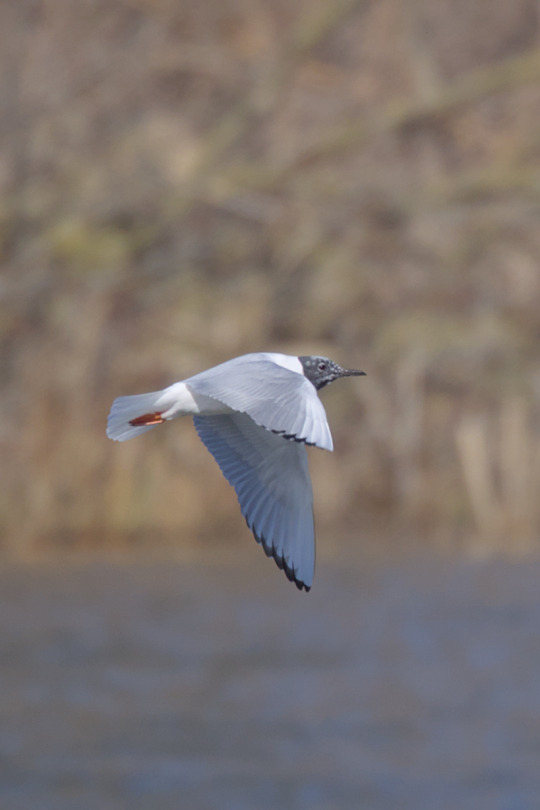
[ID: The Bonaparte's Gull flies low over the pond, on the hunt for small fish. With wings fully extended, it is apparent that the black wingtips are just a thin crescent at the tip of each primary flight feathers. The Gull is in the middle of a down stroke, head forward, orange feet tucked neatly beneath fanned gray tail. End ID]
For only visiting on a whim, this was a very productive walk. I saw 35 bird species, seven for the first time this year, and one for the first time ever. I suppose that's why birders wait all year for spring migration to start.
#bird#bird photography#birding#photography#birds#birdblr#birdlife#birdwatching#original photography#original photography on tumblr#duck#heron#gull#wood duck#ring-necked duck#great blue heron#american crow#black capped chickadee#bonaparte's gull#lifer
26 notes
·
View notes
Text
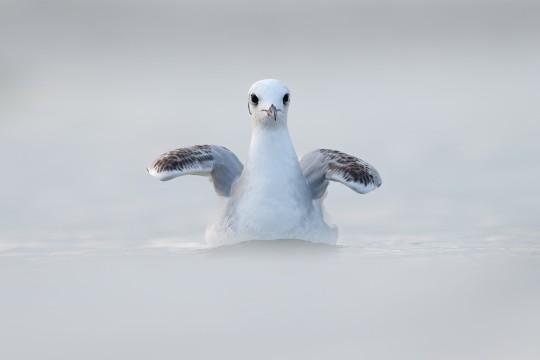
[1581/10977] Bonaparte's gull - Chroicocephalus philadelphia
Order: Charadriiformes
Suborder: Lari
Family: Laridae (gulls, terns and skimmers)
Photo credit: Matthew Dolkart via Macaulay Library
57 notes
·
View notes
Text
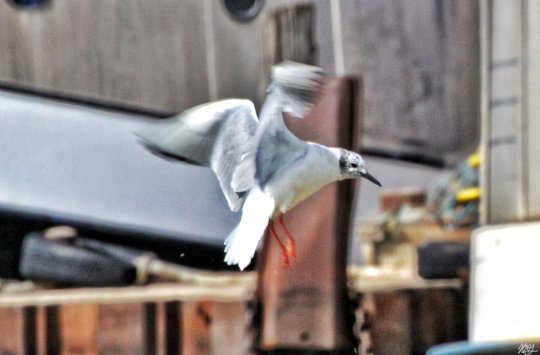
Bonaparte's Gull
#ontario#original photographers#nature#nature photography#beautiful#bird photography#birdblr#walking in nature#birding#birds of north america#bird watching#bird#birds#birdwatching#gull#bonaparte's gull#photographer#photography#female photographers#landscape photography#nature photo art#photographers on tumblr#original photography on tumblr#nikonphotography#nikon
10 notes
·
View notes
Text
Round 2, Side B: Match 31


[Image ID: Two pictures of gulls. The left is an ivory gull walking across sand with its head lowered. The right is a Bonaparte's gull walking across mud with its head lowered. /End ID]
The ivory gull (Pagophila eburnea) is a mid-sized gull that has a circumpolar distribution around the Arctic. They typically measure 40-43 cm (16-17 in) in length and 108-120 cm (42-47 in) in wingspan. They have a more pigeon-like shape than other gulls. Their plumage are completely white, and they have black legs and a thick blue bill with yellow tip. They feed on fish, crustaceans, rodents, eggs, and small chicks. They have been known to follow polar bears and other predators to scavenge on the remains of their kills. Because of their declining population, possibly due to illegal hunting or to decline in sea ice, they are listed as near threatened by the IUCN.
The Bonaparte's gull (Chroicocephalus philadelphia) breeds in northern North America and migrates to winter farther south. At 28-38 cm (11-15 in) in length and 76-84 cm (30-33 in) in wingspan, it is the third smallest gull. They have white underparts, grey upperparts and wings with black tips, black head, white eye-crescents, orange-red legs, and black short, thin bill. They feed mainly on insects, as well as eggs of spawning salmon, small crustaceans and molluscs, and steal food from other birds.
ivory gull image by Alan Vernon
Bonaparte's gull image by Len Blumin
3 notes
·
View notes
Text

daily bird calendar bird of the week
February 12th - February 18th, 2024
Bonaparte's Gull | February 17th/18th, 2024
Our smallest commonly seen gull; differs from terns by broader wings, shorter bil, and details of plumage, often swims and rarely hovers. Note thin black bill, pink to red legs, and white outer primaries.
1 note
·
View note
Text
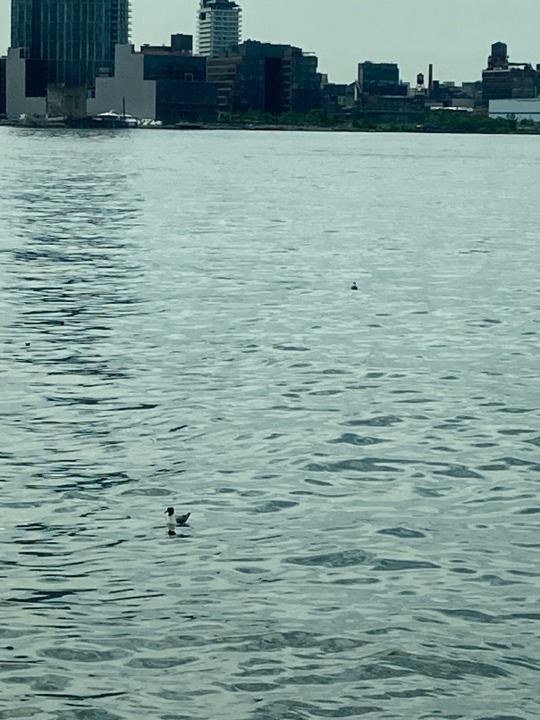

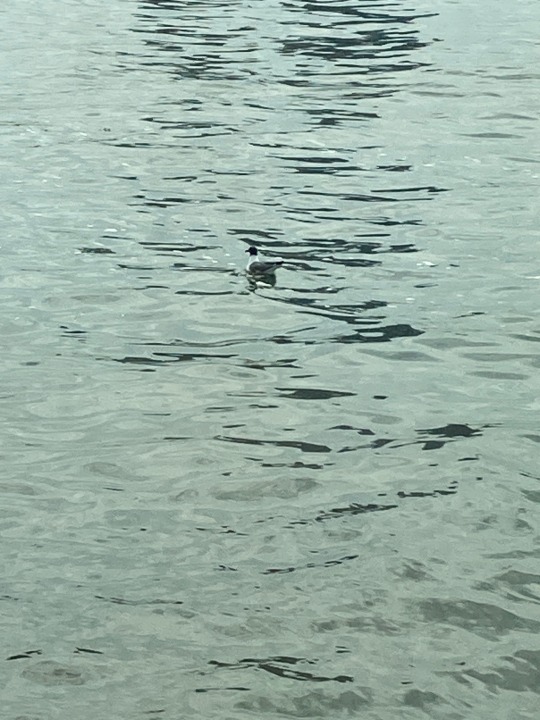
1 note
·
View note
Photo

Bonaparte’s Gulls (Chroicocephalus philadelphia) in flight.
photos by me. 2023-03-18 Nashville, TN (J. Percy Priest Lake)
[Image ID: Five Bonaparte’s Gulls in flight over a lake]
#Chroicocephalus philadelphia#bonaparte's gull#mine#bird#birds#birdwatching#birding#birb#birbs#birdblr#birblr#nature photography#wildlife photography#bird photography#ornithology#borb#borbs#birdcore#birbcore#borbcore
1 note
·
View note
Text

Whole flock of Bonaparte’s Gulls
#Bonaparte’s gull#gull#nature#vancouver island#nature photography#pnw#birds#birding#bird photography#birdwatching#original photography on tumblr#original photography
426 notes
·
View notes
Text

Bonaparte’s Gull (Chroicocephalus philadelphia)
Taken in the Pacific Ocean off the coast of California
Among the dozens of fin whales were flocks of hundreds of these gulls! They are one of the smallest gull species and are in the area following food sources during this time of year.
#Bonaparte’s gull#gull#sea bird#bird#photography#wildlife#wildlife photography#birding#Pacific Ocean#canon#canon 6d mark ii#animal#nature
41 notes
·
View notes
Text
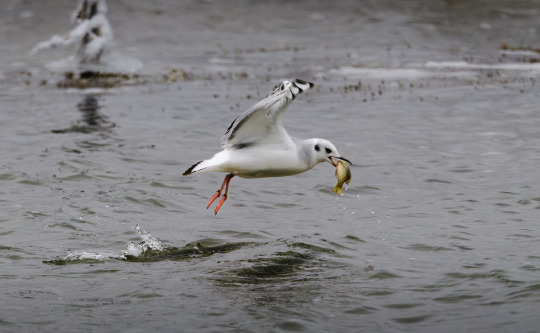
Bonaparte's Gull
#photography#fujifilm#austin#texas#x-h2#fujifilm x h2#nature#birds#birding#bird photography#birdwatching#gull#bonapartes gull#ice#fishing#fish#bird pics#birdblr#birbs#bird watching#bird
4 notes
·
View notes
Text
In search of an American Bonaparte

View On WordPress
0 notes
Text



bonaparte's gull at the port of los angeles
0 notes
Text
Bonaparte's Gull in Provincetown 05/03/23

View On WordPress
0 notes
Text
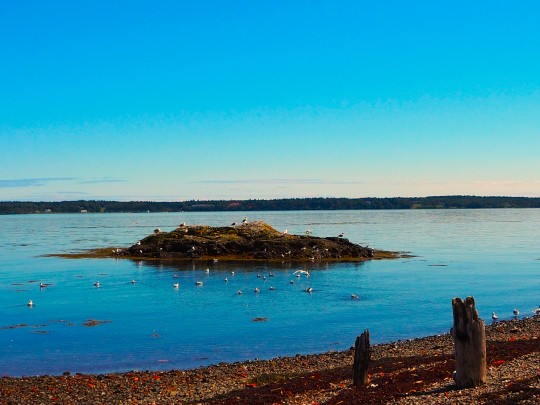
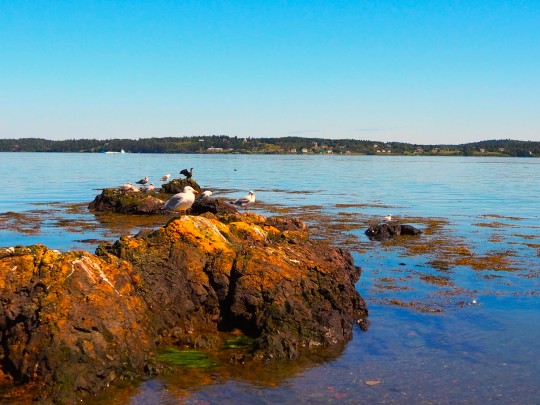

Bonaparte's Gulls!
#also regular herring gulls#cormorant#and a bonus not pictured#two white winged scoters!#bonaparte's gulls#photography#sea birds#ocean life
0 notes
Text
Round 1, Side B: Match 14


[Image ID: Two pictures of gulls. The left is a silver gull standing on a rock. The right is a Bonaparte's gull standing on a rock. /End ID]
The silver gull (Chroicocephalus novaehollandiae) is the most common gull of Australia. They are also found in Aotearoa New Zealand and New Caledonia. They typically measure 40-45 cm (16-18 in) in length and 94 cm (37 in) in wingspan. They have white underparts and head, light grey upperparts and wings with black and white tips, and bright red legs and bill. They feed on worms, fish, insects, and crustaceans.
The Bonaparte's gull (Chroicocephalus philadelphia) breeds in northern North America and migrates to winter farther south. At 28-38 cm (11-15 in) in length and 76-84 cm (30-33 in) in wingspan, it is the third smallest gull. They have white underparts, grey upperparts and wings with black tips, black head, white eye-crescents, orange-red legs, and black short, thin bill. They feed mainly on insects, as well as eggs of spawning salmon, small crustaceans and molluscs, and steal food from other birds.
silver gull image by Peter Prokosch
Bonaparte's gull image by Ken Schneider
5 notes
·
View notes
Text
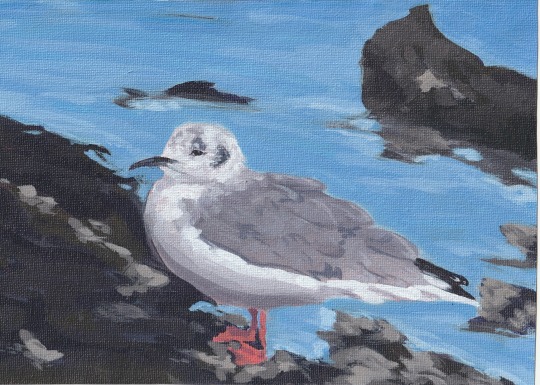
‘Bonaparte’s Gull’, acrylic on loose canvas, 2023
More birds! Once again the reference is from @northernpintail ‘s photography, also this is my favourite type of gull, maybe because it’s the only one I can identify!
#painting#acrylic painting#artists on tumblr#birds#seagull#I love how the gull’s expression turned out
325 notes
·
View notes